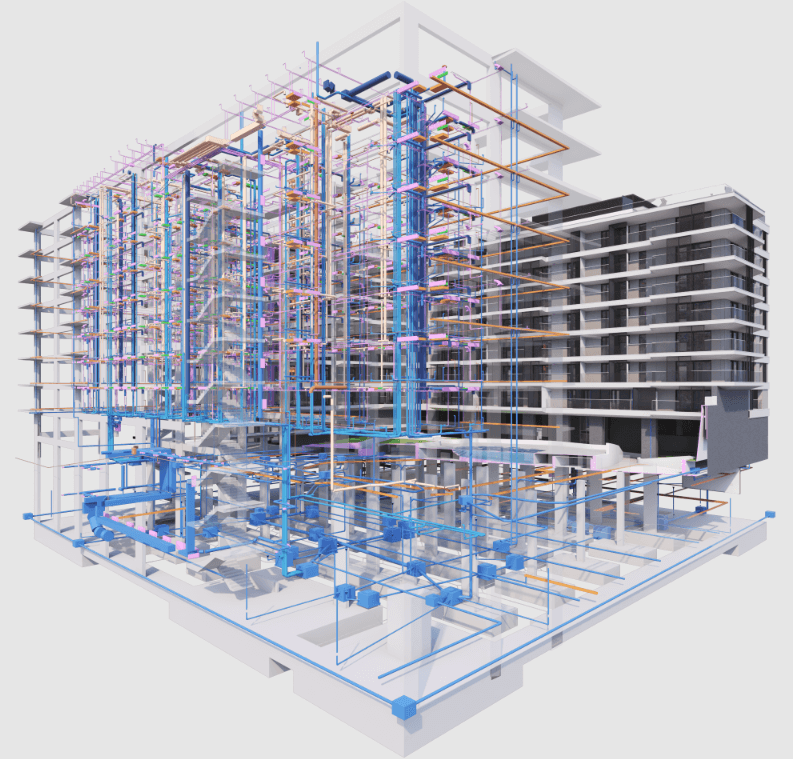
COBie Data Insights: Advancing Facility...
November 18, 2025
Power transmission is the critical infrastructure that allows electricity generated at power plants to be efficiently transported across vast distances to homes, industries, and businesses. A transmission network is a complex web of high-voltage power lines and substations, engineered to minimize energy loss as electricity travels from generation sources to end users. High-voltage transmission lines and substations help in overcoming the challenges of distance, making sure that the generated electricity arrives at its destination with minimal losses. The following insights outline the main aspects of power transmission and explore the challenges associated with each component, alongside solutions to address them.
Efficiency through High-Voltage Transmission:
Smart Grid Integration
Grid Resilience via Redundancy
Underground Transmission Solutions
High Voltage Direct Current (HVDC) Technology
Integration of Energy Storage
Renewable Energy Integration
Superconducting Transmission Lines
Cross-Border Interconnections
Community Engagement in Transmission Planning